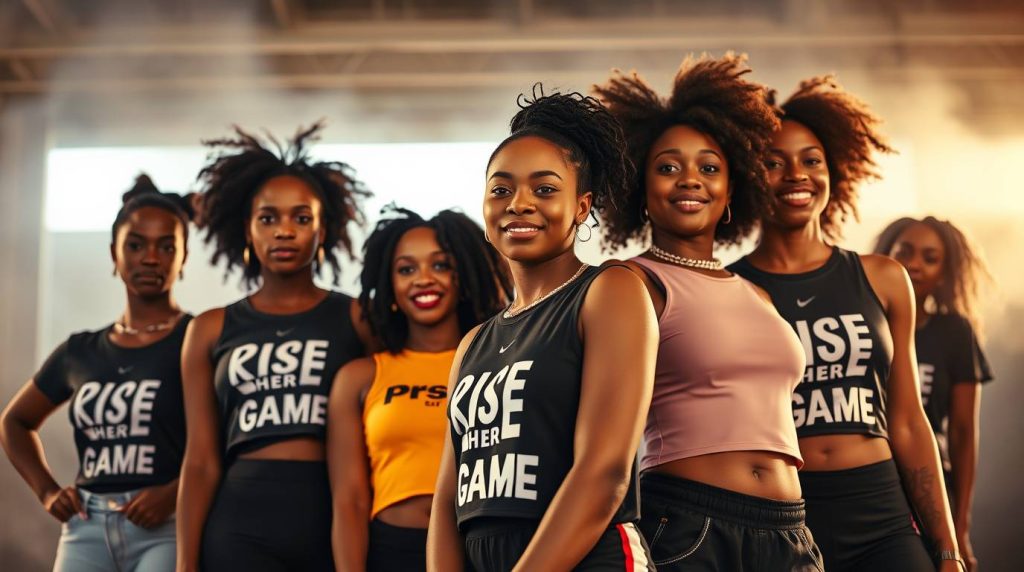- Written by: SKEIYA
- October 10, 2025
- Comments: (0)

Women’s sports are growing fast around the world. In 2025, global revenues are expected to reach $2.35 billion a massive 240% jump from 2022. Yet in Africa, where women make up 52% of the population, only 10% of sports participants are female. This is not only a gender issue it is a missed economic opportunity.
For Africa, especially Kenya, the question is no longer “Can women’s sports succeed?” but “How do we unlock this success?” The next 10 years offer a golden chance to turn passion into profit, and participation into power.
While the global women’s sports industry is booming, Africa is still catching up.
- Globally, most income in women’s sports comes from sponsorships, partnerships, and merchandising (about 55%).
- In Africa, the sports market is worth $12 billion, but women receive only a small fraction.
Kenya’s Example (2023):
- Men’s football: KES 138.8 million
- Women’s football: KES 33.4 million A gap of 4 to 1.
Key Challenges:
- Poor Funding: 41.3% of African football bodies pay women players no salary. Half of elite women athletes worldwide earn nothing.
- Low Visibility: Women’s sports get only 15% of media coverage, limiting sponsorships and fans.
- Lack of Facilities: Few women-only training spaces, programs, or pathways to professionalism.
Even with challenges, the future is bright. Brands see potential in women’s sports sponsorships have grown from $300 million in 2018 to over $1 billion today.
Growing Revenue Opportunities:
- Women’s Leagues: Kenya’s Supreme Premier League and Rise Her Game are introducing wages and TV deals.
- Digital Platforms: Young, online audiences allow athletes and leagues to earn directly through content, streaming, and social media.
- Athlete Branding: Training women athletes to build personal brands, negotiate sponsorships, and earn beyond the field.
To build a strong ecosystem, Africa needs a clear, step-by-step approach.
Phase 1: Build the Foundation (Years 1–3)
- Facilities: Reserve 30% of Kenya’s KES 17.8B sports facility budget for women’s sports centers.
- Income Security: Create salary guarantees and emergency funds for top athletes.
- Education: Add sports programs in schools and universities for women.
Phase 2: Grow the Market (Years 4–6)
- New Media & Investment: Launch an African Women’s Sports Media Network and a $100M sports fund.
- Talent Development: Open regional academies with scholarships and global exchange programs.
- Tech Integration: Use digital platforms for sponsorships and performance tracking.
Phase 3: Full Professionalization (Years 7–10)
- Professional Leagues: Establish fully paid leagues with minimum salaries.
- Women in Leadership: Target 50% women representation in sports leadership roles.
- Economic Impact: Create 100,000 jobs and generate $500 million annually.
Women’s sports in Africa are not just possible they are powerful. With the continent’s sports market expected to hit $20 billion by 2035, and Kenya already increasing its sports budget, the foundation is set.
The key to success? Commitment and coordination.
By investing in: ✅ Facilities ✅ Financial support ✅ Visibility ✅ Career pathways
Africa can lead the global rise of women’s sports, not follow it.
The next 10 years are our chance to build the future. Not just for women in sports—but for Africa’s economic and social transformation.

